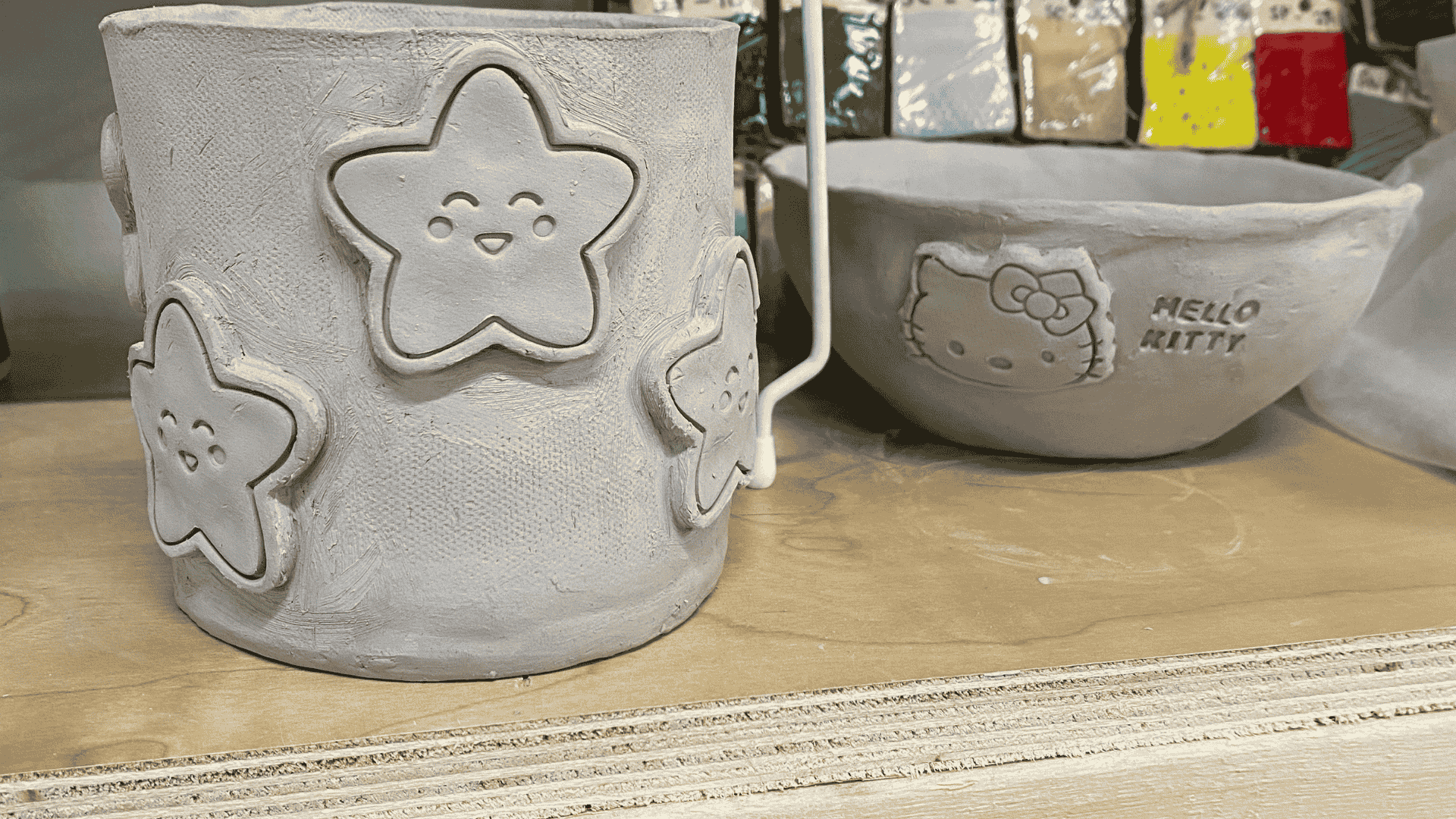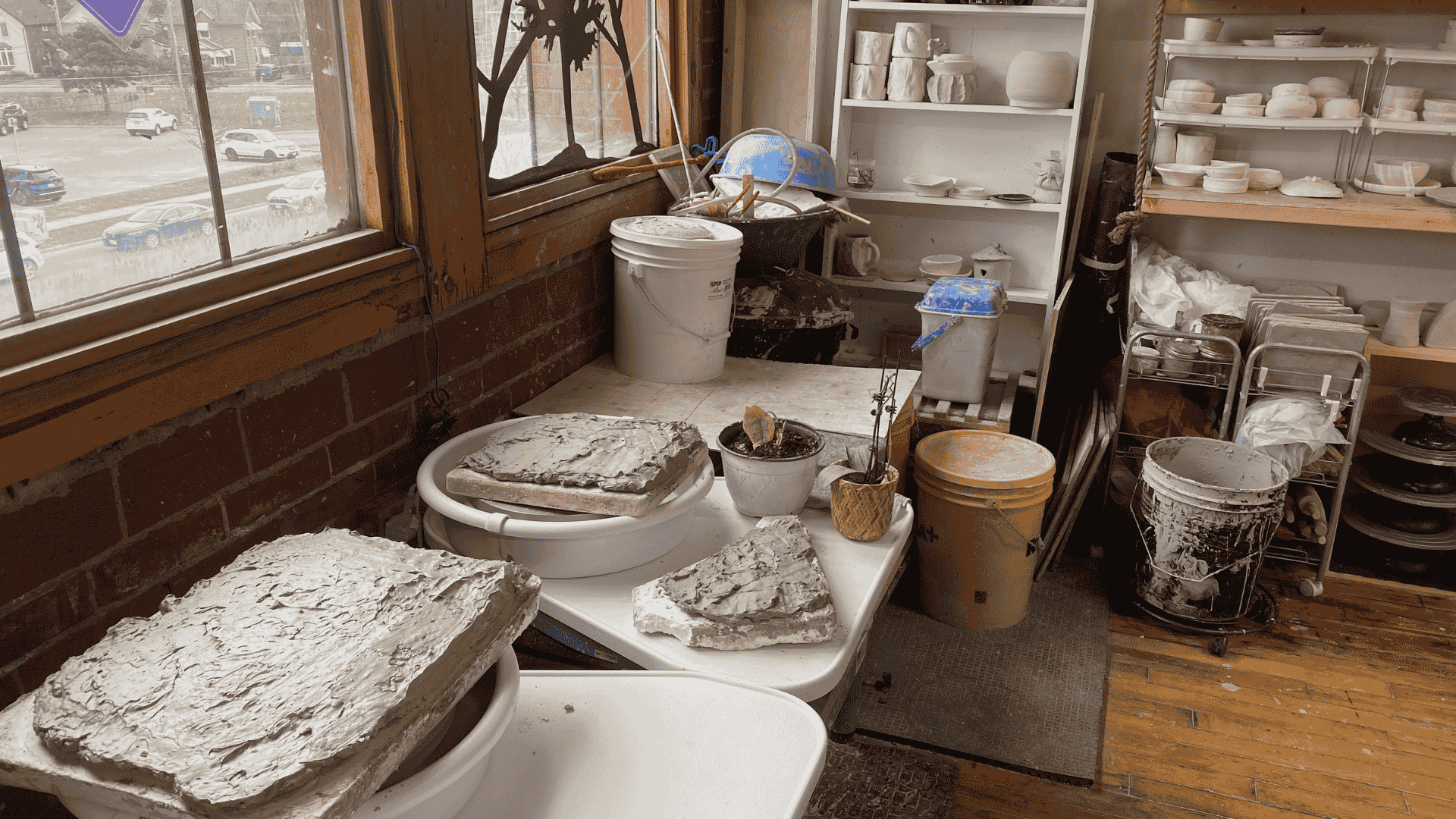
Oxidation VS. Reduction: Explained Simply
When you fire pottery, the atmosphere inside the kiln plays a huge role in how your finished piece looks. Two of the most important firing atmospheres are oxidation and reduction. While the terms may sound technical, the difference is actually simple to understand. Let’s break it down in a beginner-friendly way.

What Is Oxidation Firing?
Oxidation happens when there’s plenty of oxygen in the kiln. Electric kilns naturally create this atmosphere. In oxidation:
– Colours appear bright, predictable, and clean.
– Glazes turn out as expected (ex: copper gives you green).
– It’s easier for beginners since results are consistent.
Think of oxidation as “oxygen is everywhere.” The kiln is firing in a clean, controlled way.
What Is Reduction Firing?
Reduction occurs when the oxygen inside the kiln is limited. This usually happens in gas or wood kilns. In reduction:
– Flames “steal” oxygen from clay and glaze materials.
– Colours shift dramatically (ex: copper can turn red instead of green).
– Results are more earthy, unique, and sometimes unpredictable.
– Think of reduction as “oxygen is reduced.” The kiln atmosphere changes the chemistry of your piece.
Why Does It Matter?
The choice between oxidation and reduction affects:
1. Color outcomes: Same glaze, different look.
2. Surface effects: Smooth vs. smoky or rustic finishes.
3. Artistic style: Bright and clean vs. organic and dramatic.
Quick Example
Oxidation: A copper glaze = bright green.
Reduction: The same glaze = deep red.
That’s the magic of firing atmospheres!
Conclusion
Understanding oxidation vs. reduction helps potters control—or sometimes embrace—the unexpected in their work. If you’re just starting, electric kiln oxidation is the easiest path. But if you love surprises and richer effects, reduction firing is worth exploring.





0 comments on "Oxidation VS. Reduction: Explained Simply"